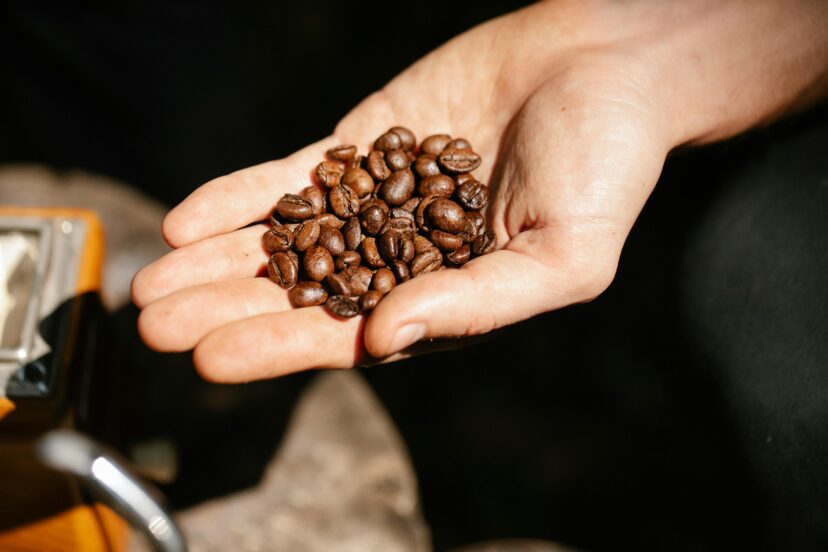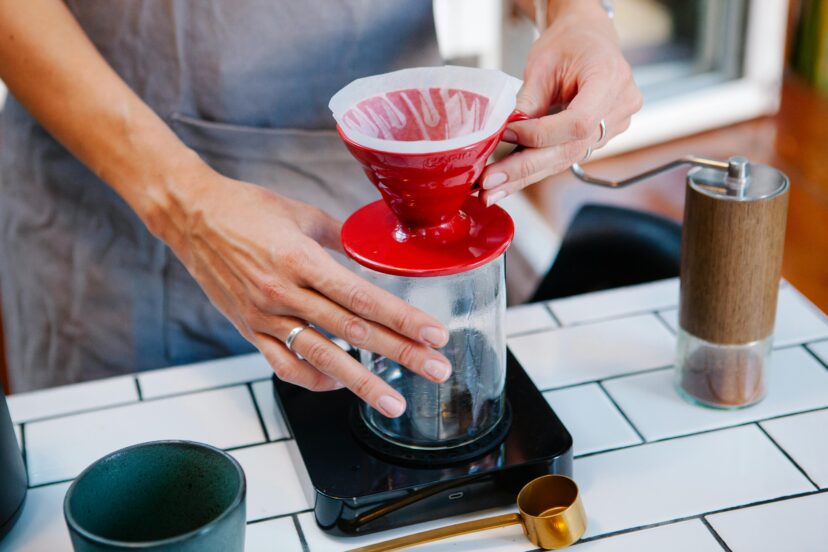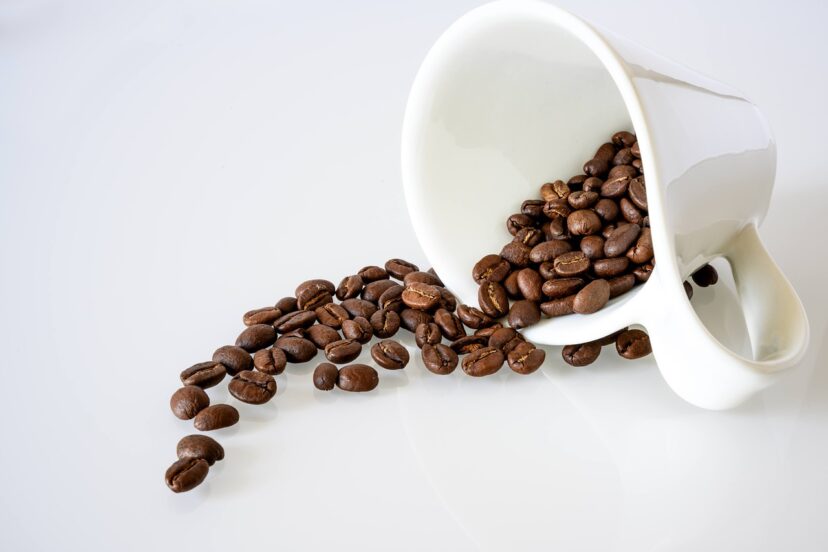Organic Light Roast Coffee: Best Beans & Brewing Tips
We may earn a commission for purchases made using our links. Please see our disclosure to learn more.
Many coffee lovers settle for a bland, one-note brew every morning — just enough to get through the day, but never truly satisfying. That routine cup might deliver caffeine, but it misses the real joy of what coffee can be. Imagine instead sipping something pure, vibrant, and layered with natural flavor — all because you chose high-quality beans. That’s why more people are turning to organic light roast coffee, for a cup that’s as clean and lively as it is rewarding. In this guide, you’ll see why it’s worth the switch, how it outshines darker roasts, which brands are worth your money, and how to brew it perfectly at home.
What is Organic Light Roast Coffee?
Basically, organic light roast coffee is brewed from beans that weren’t grown using synthetic pesticides or chemical fertilizers. However, it is more than just a farming label; it is about taste and sustainability.
Light roasting involves roasting the beans for less time and at lower temperatures than medium or dark roasts. This preserves the bean’s inherent flavor profile, resulting in fruity, flowery, or citrusy characteristics that you wouldn’t find in a darker brew.
So, if you’ve ever had a sip of coffee and thought, “Wow, this tastes clean and fresh!” “– odds are you were eating a mild roast.
Why Organic Matters
Choosing organic isn’t just trendy — it’s thoughtful. When coffee is grown organically, farmers use natural methods to manage pests and enrich the soil. This supports biodiversity and healthy ecosystems.
And for you? No synthetic residues in your morning cup. That means fewer chemicals entering your body and a reduced environmental footprint.
If you care about where your food comes from, the same should go for your coffee beans. Plus, many organic farms are fair trade certified, so you know farmers get a fair price for their hard work.

Light Roast vs. Dark Roast: A Real Comparison
It’s all about the roast profile. Here’s a quick breakdown:
Light Roast Coffee:
Higher acidity
More caffeine (slightly!)
Brighter, fruitier, or floral tasting notes
Best enjoyed black to taste all the subtle flavors
Dark Roast Coffee:
Bolder, smoky flavor
Lower acidity
More roasted taste than origin flavor
Often preferred with milk or sugar
Light roast beans tend to come from single origins like Ethiopia, Kenya, or Colombia — regions known for producing beans with vibrant, nuanced flavors.
How to Choose a Quality Organic Light Roast
Not all organic light roast coffee is created equal. To get the best bang for your buck, keep these tips in mind:
Look for Certifications: USDA Organic, Fair Trade, and Rainforest Alliance labels mean stricter farming standards.
Check Roast Dates: Freshness matters. Aim to buy beans roasted within the last 2-4 weeks.
Single-Origin vs. Blend: Single-origin beans highlight unique regional flavors. If you want consistent taste, a high-quality blend can be great too.
Whole Bean Always Wins: Pre-ground coffee loses flavor quickly. Invest in a burr grinder to grind fresh before brewing.
Top 5 Organic Light Roast Coffees to Try
Ready to shop? Here are five organic light roast coffees that get rave reviews from thousands of coffee drinkers:
1. Lifeboost Coffee Light Roast
- Why we love it: Single-origin Nicaraguan beans, low acid, non-GMO.
- Notes on taste: clear finish, nice body, bright citrus.
2. Kicking Horse Hola Light Roast
- Why we love it: Fair trade, shade-grown Arabica beans.
- Flavor profile: Zesty citrus, silky texture, and a crisp, refreshing finish.
3. Volcanica Coffee Kenya AA Light Roast
- Why we love it: Direct trade, small-batch roasted.
- Tasting notes: Blackcurrant, tropical fruit, bright acidity.
4. Lavazza Organic Tierra Coffee Light Roast
- Why we love it: 100% Arabica, organic, and roasted with authentic Italian expertise.
- Flavor profile: Smooth, delicate, and slightly floral with a hint of citrus zest.
5. Caribou Coffee Daybreak Morning Blend
- Why we love it: Rainforest Alliance Certified, sustainably sourced.
- Flavor profile: Sweet caramel, nutty undertones, and a bright finish.

How to Brew Organic Light Roast Coffee at Home
Light roast beans need a little extra love to really shine. Follow these simple tips for a barista-level cup at home.
Use Fresh, Filtered Water
Your coffee is mostly water — use the good stuff!
Invest in a Burr Grinder
Grind beans just before brewing for maximum aroma and flavor.
Pick the Right Brewing Method
Pour-over, Chemex, or Aeropress are all perfect for light roast coffee. They highlight those crisp, complex flavors.
Dial in Water Temperature
195–205°F (90–96°C) is ideal. Use a gooseneck kettle, it lets you pour with steady, precise control.
Use a Digital Scale
Weigh your beans for consistent taste every time.
Don’t Rush the Bloom
When pouring over, let the coffee “bloom” for 30 seconds to release trapped gases.
For the best results, pair your organic light roast with a quality pour-over setup—check out our top 10 coffee pour over kit guide to pick the perfect equipment and bring out every bright, nuanced note.
Is Light Roast Coffee Healthier?
Fun fact: light roast coffee generally has slightly more antioxidants than dark roast because it’s roasted for less time. Studies have shown moderate coffee intake is linked to a lower risk of certain diseases, thanks to antioxidants like chlorogenic acid.
Several well-known studies highlight why organic light roast coffee deserves your attention. Research published on PMC found that light roast coffee retains higher antioxidant activity compared to darker roasts, helping protect your cells against free radicals.
Similarly, a detailed Healthline guide on light vs. dark roast coffee explains how lighter roasts preserve more chlorogenic acids and natural compounds, delivering a cleaner, brighter flavor and extra health benefits in every cup.
Final Thoughts
Organic light roast coffee isn’t just a drink — it’s an adventure for your taste buds. When you sip a cup that’s been carefully grown, harvested, and roasted, you taste the real story behind the bean. Whether you prefer a single-origin Kenyan with juicy berry notes or a balanced breakfast blend, going organic and light lets you experience coffee’s purest side.
So go ahead, upgrade your morning ritual. Try one of the beans above, brew it with care, and taste the difference. Love the vibe? Check out the Cafécore aesthetic for more mindful coffee moments.
FAQs
Q1: Why does my light roast taste sour?
Light roasts naturally have higher acidity, but over-extraction or under-extraction during brewing can make it taste too sour. Tweak your grind setting and brewing temp to keep the flavors balanced.
Q2: Does light roast have more caffeine?
Yes, gram for gram, light roasts tend to have slightly more caffeine because they’re roasted for less time.
Q3: How should I store my organic light roast beans?
Store your beans sealed tight, far from light and warmth, to lock in freshness. Never refrigerate — moisture ruins flavor.
Q4: Can I make cold brew with light roast coffee?
Absolutely! Light roasts make a bright, refreshing cold brew, often with fruitier notes than dark roast.
Q5: Is paying more for organic coffee truly worth it?
Many people think so. It supports sustainable farming and often tastes cleaner. If you value taste and ethical sourcing, it’s a worthwhile investment.




